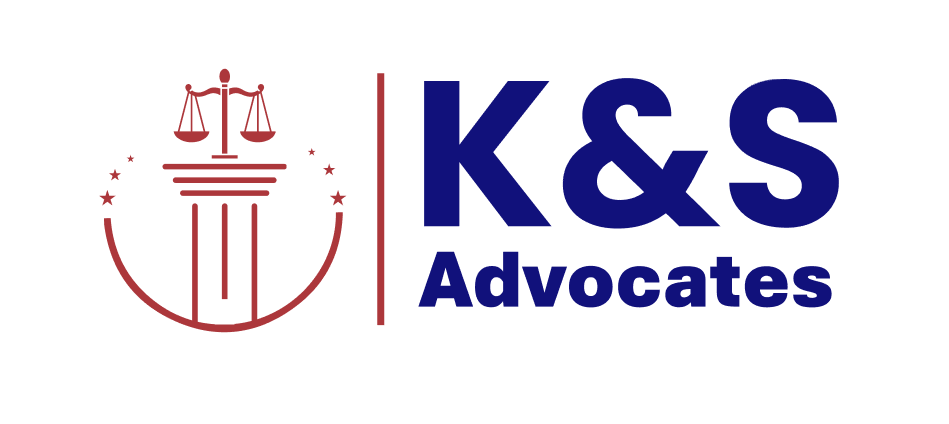
In 2021, researchers estimated nearly 30 million people ages 12 years and older in the United States had alcohol use disorder (AUD). No relapse Alcohol Relapse is too big to recover from, and in fact, you can take immediate action to regain your sobriety. However, it’s important to assess the relapse and identify things you can change or adapt to prevent a similar experience in the future. Research shows that social support indicates long-term success, while peer pressure and unsupportive relationships can lead to relapse. Some relapses start with lapses that become more prolonged or frequent until the individual returns to uncontrolled substance use.
- Although this can be challenging, it will benefit you and your loved one over time.
- Seeking professional help when faced with challenges during your recovery journey is paramount.
- Developing strategies for processing and navigating difficult emotions is vital to prevent emotional turmoil from leading to a relapse.
- A relapse happens when a person stops maintaining his or her goal of reducing or avoiding use of alcohol or other drugs and returns to previous levels of use.
Stage 3: Physical Relapse

If you need help or feel like you could be on the cusp of a relapse, remember that addiction is a chronic disease. You wouldn’t expect that you could self-treat hypertension or diabetes without the help of medical professionals. If you need support, help, or have questions, please contact our team at The Recovery Village. While relapsing can =https://ecosoberhouse.com/ bring about shame and feelings of failure, a relapse is generally accepted as an expected part of the recovery process for most people. It can be compared to someone having a flare-up of their diabetes or hypertension symptoms. During the recovery stage, it’s not uncommon to feel temporarily worse.

Signs of an Alcohol Relapse
- Our clean and comfortable facilities near world-class beaches offer an excellent place to spend your time in recovery.
- Further, the amount of work mice (Lopez et al. 2008) and rats (Brown et al. 1998) were willing to expend in order to receive alcohol reinforcement was significantly increased following repeated withdrawal experience.
- By being aware of your triggers and taking conscious actions to limit your exposure, you can stay on the path of recovery.
- If you find your recovery is suddenly derailed by an alcoholic relapse, what can you do to get back on track?
Your relationships may become even more strained, as some friends and family members who considered you to be “fun” while you were drinking now perceive you unpleasantly. Relapsing into alcohol abuse, like any addictive behavior, doesn’t usually happen overnight. Before learning what to do when an alcoholic relapses, you Sober living house must first understand the stages of relapse.
What is relapse?

Committing to an addiction treatment program for its entire duration can help you develop the necessary skills to manage triggers before re-entering mainstream life, where there is less structure and monitoring. Individuals who stay in addiction treatment for a longer period of time (90 days or more) are more likely to maintain their sobriety in the long run. Major life changes, like moving to a new city, beginning a new job, getting married, or experiencing the loss of a loved one, can have a powerful effect on relapse rates for those struggling with addiction.
- Upon relapse, some individuals may require inpatient treatment to stop using and manage symptoms of withdrawal.
- While relapsing can bring about shame and feelings of failure, a relapse is generally accepted as an expected part of the recovery process for most people.
- The hormonal stress response is mediated by a system known as the hypothalamic–pituitary–adrenocortical (HPA) axis.
- Unfortunately, addiction often comes with periods of sobriety and periods of relapse.
Cognitive behavioral therapy (CBT) is an important tool for preventing relapses. It teaches you how to overcome negative thinking, which is often at the heart of a relapse. For example, you might believe that you can’t quit, that recovery takes too much effort, and that you won’t enjoy life as much without alcohol. Treatment programs can help individuals reach sustained sobriety.
Alcohol Relapse Warning Signs, Prevention, and Treatment
Samples were collected from the nucleus accumbens of alcohol-dependent mice that had undergone three cycles of chronic intermittent alcohol vapor exposure (red symbols) and nondependent controls (black symbols). Samples were taken before, during, and after the 2-hour drinking session, when the mice had the opportunity to voluntarily drink alcohol (15 percent vol/vol) or water. Alcohol intake during the drinking session was 3.04 ± 0.15 g/kg for dependent mice and 2.32 ± 0.28 g/kg for nondependent mice. Horizontal lines and shaded area represent brain alcohol levels (means ± SEM) measured in the dependent mice during chronic intermittent alcohol exposure (28.4 ± 3.5 mM). Relapse represents a major challenge to treatment efforts for people suffering from alcohol dependence. To date, no therapeutic interventions can fully prevent relapse, sustain abstinence, or temper the amount of drinking when a “slip” occurs.
